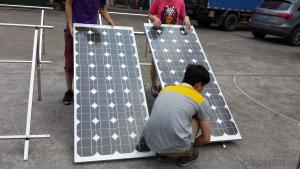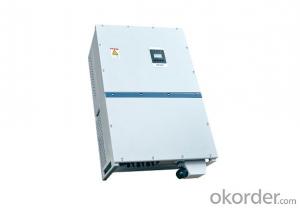Solar Inverter 50kw
Solar Inverter 50kw Related Searches
Best 3 Phase Solar Inverter Best Off-Grid Solar Inverter Best Off Grid Solar Inverter Off Grid Solar Inverter System Solar Panel Off Grid Inverter 3 Phase Solar Battery Inverter Solar Power Inverter Off Grid 3 Phase Solar Micro Inverter Cheap Off Grid Solar Inverter 5kw 3 Phase Solar InverterHot Searches
Type Of Inverter For Solar Types Of Inverter For Solar Used Solar Inverter For Sale Inverter Size For Solar System Solar Edge Inverter For Sale 5kw Solar Inverter For Sale Solar Inverter For Sale Solar Inverter For Battery Solar Inverter For Split Ac Solar Inverter For Laptop Solar Inverter For Fridge Solar With Inverter Price Solar Inverter With 2 Battery Solar Inverter Price In China Best Solar Inverter In China Solar Inverter Price In Dubai Solar Inverter Price In Uae Solar Inverter Price In Kenya Solar Inverter Price In Kerala Solar Hot Water Collectors For SaleSolar Inverter 50kw Supplier & Manufacturer from China
Okorder.com is a professional Solar Inverter 50kw supplier & manufacturer, offers integrated one-stop services including real-time quoting and online cargo tracking. We are funded by CNBM Group, a Fortune 500 enterprise and the largest Solar Inverter 50kw firm in China.Hot Products
FAQ
- Yes, a solar inverter can be used with a battery backup system. The solar inverter converts the DC power generated by the solar panels into AC power that can be used to power appliances and charge batteries. The battery backup system stores excess solar energy for use during times when the sun is not shining, providing a reliable source of power even when the solar panels are not producing electricity.
- Yes, a solar inverter can generally be used with different solar panel brands as long as they have compatible voltage and power ratings. However, it is advisable to consult the manufacturer's specifications and guidelines to ensure optimal performance and compatibility.
- Yes, a solar inverter can be used in standalone systems. Standalone systems, also known as off-grid systems, are not connected to the electrical grid and rely on alternative energy sources like solar power. In these systems, a solar inverter is essential as it converts the direct current (DC) generated by the solar panels into alternating current (AC) that can be used to power appliances and equipment. Additionally, standalone systems often include batteries to store excess energy, and a solar inverter helps manage the charging and discharging of these batteries.
- The maximum input voltage that a solar inverter can handle varies depending on the specific model and manufacturer. However, in general, most solar inverters can handle input voltages in the range of 150 to 600 volts DC.
- The role of a power monitoring feature in a solar inverter is to constantly monitor and measure the amount of power being generated by the solar panels. This feature allows users to track the performance of their solar system, detect any issues or malfunctions, and optimize the energy output for maximum efficiency. It provides real-time data on the power production, enabling users to make informed decisions regarding energy usage and grid integration.
- When choosing the right input voltage range for a solar inverter, it is essential to consider the specifications and requirements of the specific solar panels being used. The input voltage range should be compatible with the voltage output of the solar panels to ensure optimal performance and efficiency. Additionally, factors such as the system size, installation location, and local regulations should also be taken into account to determine the appropriate input voltage range for the solar inverter.
- The role of anti-islanding protection in a solar inverter is to ensure the safety of utility workers and prevent damage to the electrical grid in the event of a power outage. It detects when the grid goes down and immediately shuts off the solar inverter, preventing it from continuing to generate electricity and potentially sending power back into the grid. This feature is essential to avoid the risk of electricity flowing into the grid, which could pose a danger to technicians working on power lines and disrupt the stability of the electrical system.















































